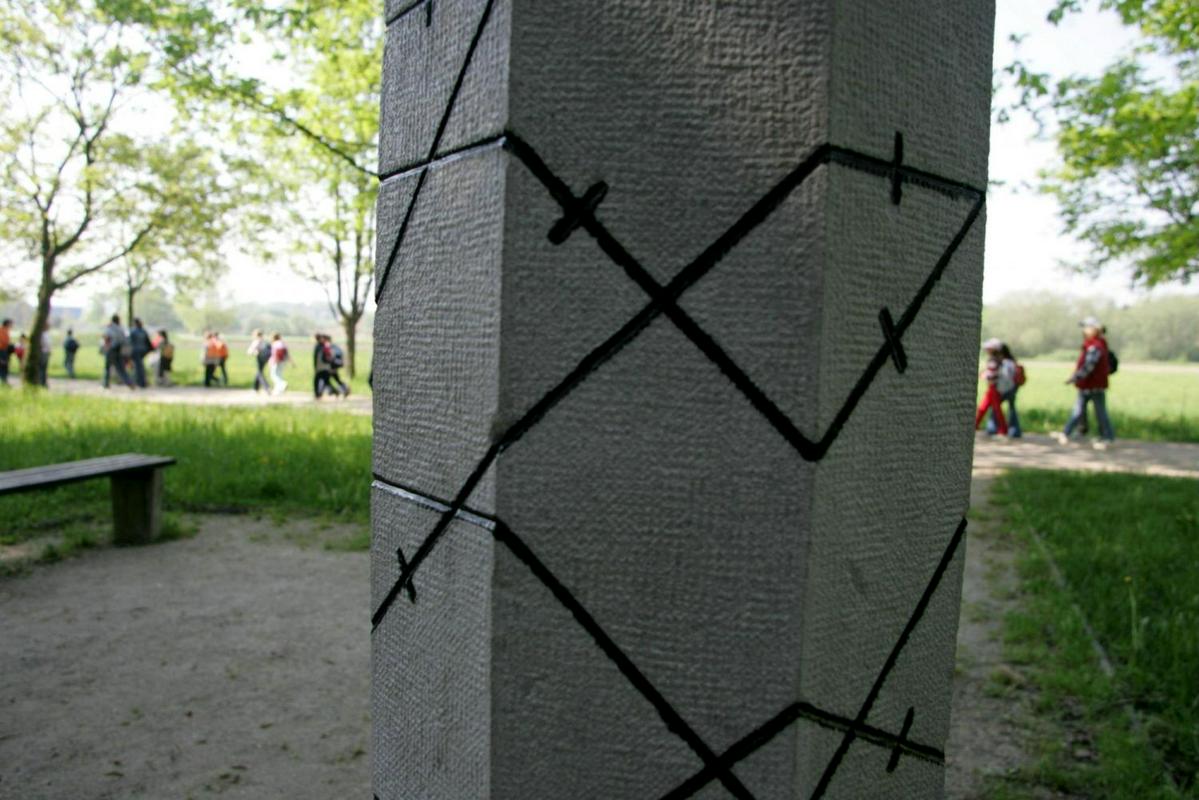
World War II brought suffering and bloodshed to most of Europe but few cities, however, experienced the trauma of Ljubljana, which spent much of the war behind barbed wire, transformed into an urban ghetto that no one could enter or leave without permission.
In 1941, Yugoslavia was occupied by the Axis powers. The territory of modern-day Slovenia was divided between Germany, Italy, and Hungary. The Slovenian capital was annexed by Italy and cut off from much of its northern hinterland. But even worse was to come.
The Italian occupiers were growing increasingly concerned about resistance activity in the city and its surroundings. In February 1942, they decided to act. They surrounded the city by 30 kilometers of barbed wire, preventing anyone from getting into or out of the city without going through one of several designated checkpoints. The command went out on the evening of February 24. By the following afternoon, barbed wire already encircled the city and eleven checkpoints were established. In the following months, the barriers were fortified and made more permanent, hundred bunkers were built, and homes near the fortifications were emptied out.
Only people with a verifiable reason could pass through the checkpoints, and only after undergoing a thorough and lengthy search. The Italians hoped that the barbed wire would isolate the city from the resistance, prevent attacks from the Partisans, and deprive the resistance of both goods and personnel.
But despite the elaborateness of the Italians’ plan, it was ultimately a failure. The Partisan resistance managed to set up several secret passages beneath the barbed wire, through which supplies, people, and information could pass.
Still, Ljubljana remained encircled with barbed wire – and turned into a large-scale ghetto -- for 1171 days. Few cities in European history had ever undergone such a traumatic experience.
After the war, authorities set up a path where the wire once ran. To this day, thousands of Ljubljana residents walk around the city in remembrance of those difficult months during the war when the city was cut off from the world, yet managed to survive and ultimately come back to life as the capital of the Slovenian people.

































































